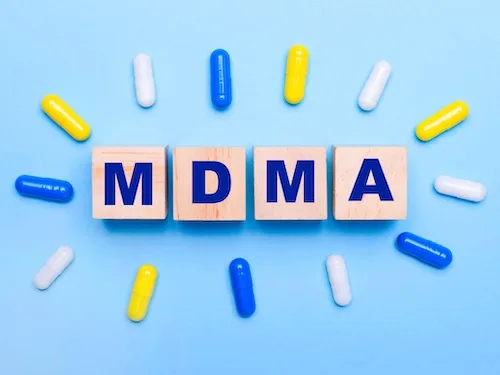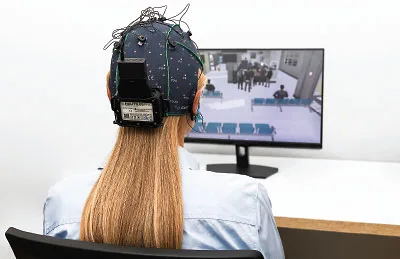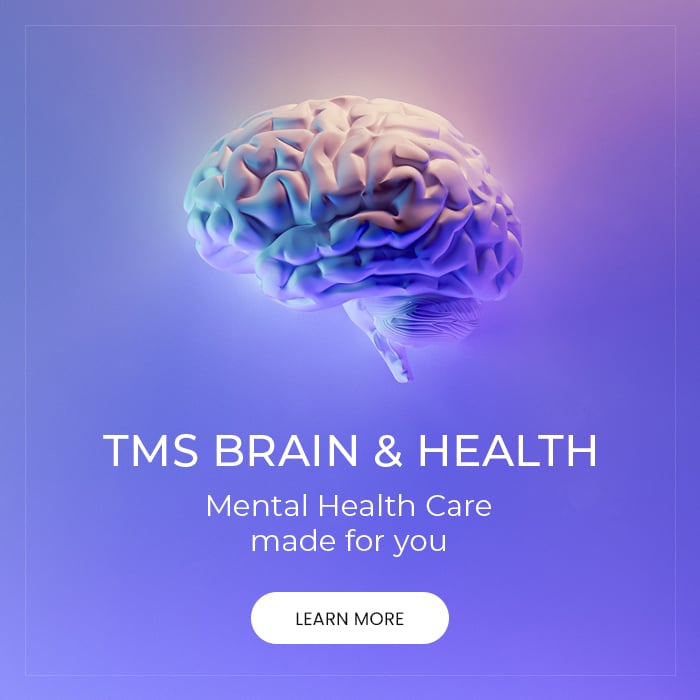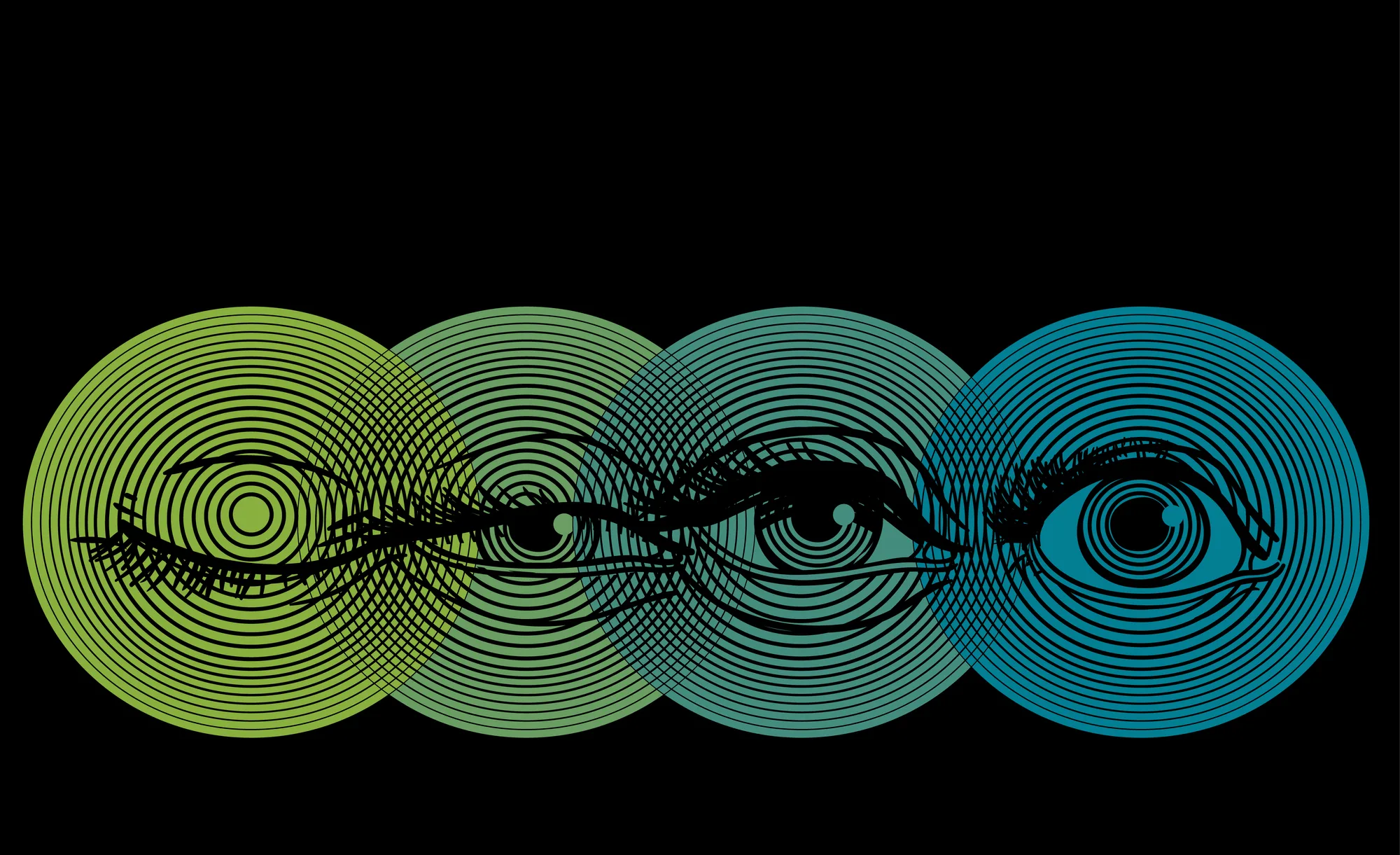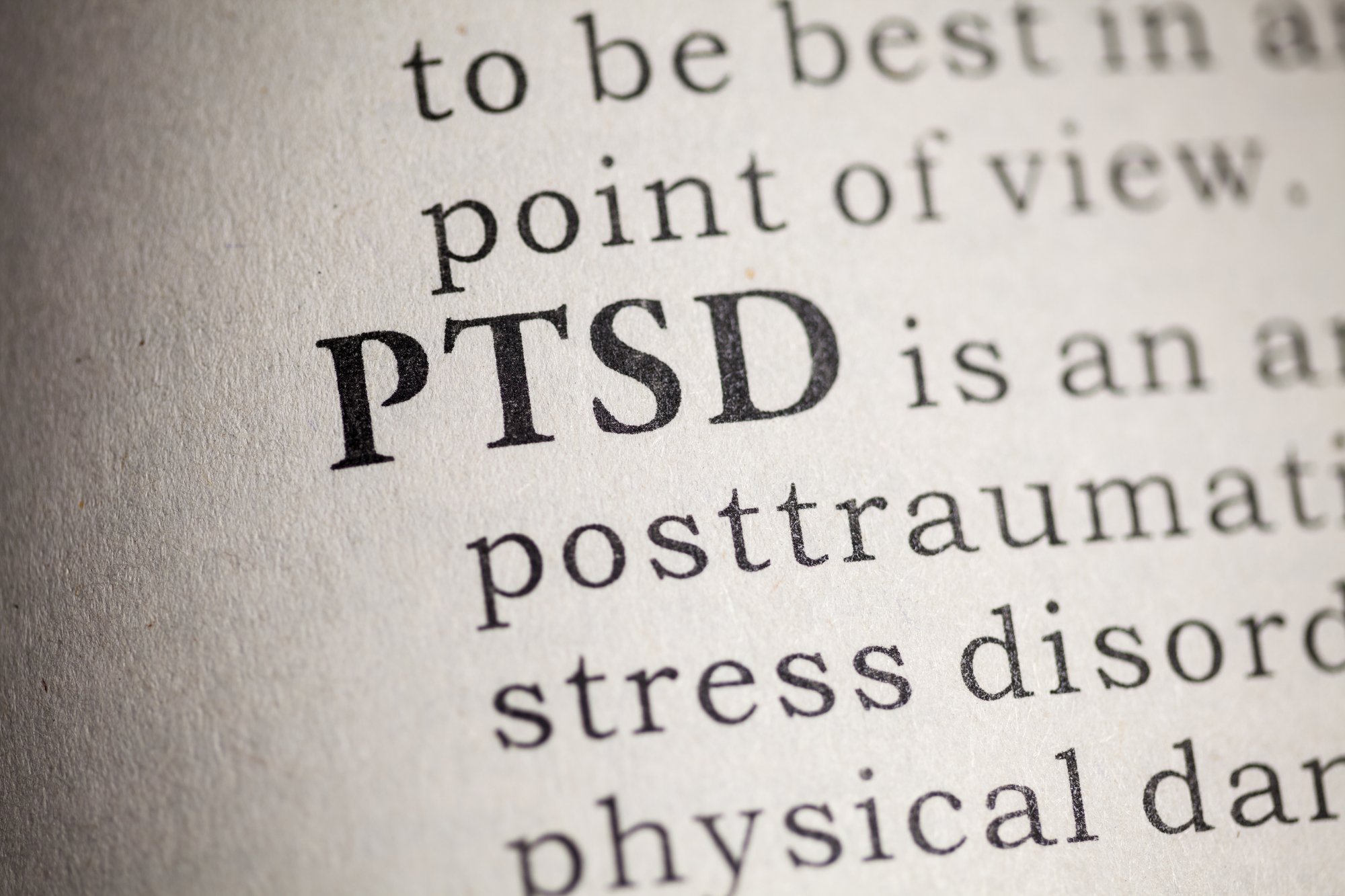Amidst An Opioid Crisis, Ketamine Has the Potential To Save Lives
Opioid abuse which began as pain treatment has led to a national epidemic. Ketamine, essentially non-addictive when administered in a medical setting, may be able to stem the tide, by treating chronic and other types of pain in place of highly addictive opioids.
Opioid Crisis in the USA and What Led To Its Growth
Opioids such as oxycodone, hydrocodone, tramadol, fentanyl, etc. are strong prescription painkiller drugs. Heroin is also an opioid that people abuse illegally.
The effectiveness, availability, and abuse of opioids have made these drugs familiar in America both for its use as a treatment for pain as well as its illegal abuse. Because these drugs have a very high risk of addiction, the danger of an overdose is also very high when people misuse them. Failing to take doses according to the given prescription or taking opioids with other drugs with which they interact increases the riskiness of these drugs.
Especially in the United States, healthcare providers prescribe opioids to help reduce chronic pain during significant injuries, after surgeries, or to treat severe pain from other health conditions. However, cases are rising dramatically of people misusing prescription opioids that were given to them originally to treat pain conditions but have lead to deadly addiction and consequently to the worst opioids crisis ever.
In fact, this crisis is so severe that the term “opioid epidemic” is now commonly used to describe the fast growth and extensive misuse of prescription and non-prescription opioid drugs in the USA.
Causes of Opioid Crisis
The opioid crisis first emerged back in the late 1990s when health providers started prescribing them in higher amounts after pharmaceutical companies misled the public about their safety. During that period, millions of people in America with chronic pain were given these drugs and so companies began to develop new types of opioids to meet this expanding market. These companies started to sell semi-synthetic and synthetic opioids to doctors, saying they were powerful, less addictive and with fewer side effects than the standard drugs such as morphine.
Naturally, health providers began promoting these drugs to patients without necessarily realizing the severe consequences of using them. However, some patients began to misuse these drugs to induce euphoric feelings which lead to addiction and higher tolerance. The most frequently prescribed opioids include hydrocodone and oxycodone.
Currently, the process of distributing and misusing these drugs continues, and the growth of the opioid crisis is largely unabated. For instance, the number of deaths involving opioids has multiplied four times since 1999, according to a draft report from a White House commission urging President Trump to announce a national emergency. After declaring a public health crisis, state and federal governments have started to devise a plan to deal with the crisis.
Statistics of Opioid Crisis
Statistical information, according to the CDC, U.S. Department of Health and Human Service (HHS), and the Agency for Healthcare Research and Quality, has revealed the magnitude of the opioid crisis.
For instance, in 2016, statistics indicate more than 214 million people used opioid prescriptions for pain which is equal to 67 prescriptions for every 100 people in America. HHS revealed that related opioid overdoses caused more than 130 deaths every day from opioids in 2016 and 2017.
Also, over 11 million people abused opioids medications in that same year (2016-17). Each day emergency departments receive over 1000 new cases of misusing opioids. Research also indicates that more than 40% of deaths in the US in 2016 involved opioids.
Additionally, a CDC report indicates that in 2017, drug overdoses also caused deaths of almost 72,000 Americans, and approximately 66% of these deaths involved illicit or prescription opioids. The CDC also estimates the cost of opioid misuse in the US is around $78.5 billion every year. This cost includes addiction treatment, healthcare expenses, lost productivity, and criminal justice expenses. The White House also announced on November 2017, that the opioid epidemic expenses in the USA cost an estimated $504 billion in 2015 alone.
These statistics indicate how dangerous the opioid crisis is and how it has destroyed both the very lives of Americans as well as affecting the nation economically. These facts also illustrate that the opioid epidemic has become one of the worst drug crisis in American history.
Dangers of Just Taking Opioids Without Knowing How to Use it Properly
The American Physical Therapy Association (APTA) is educating people about the dangers of prescription opioids, encouraging prescribers and clients to choose safer alternatives like non-opoid drugs such as ketamine, as well as physical therapy for managing chronic pain.
Patients may not always realize that the misuse of prescription drugs can have dangerous consequences. For instance, many patients prescribed opoids may not know that they need to adhere to the exact dose prescribed and to be aware of drug interactions. The latter includes combining opioids with antidepressants or antiviral drugs which can heighten adverse effects. These adverse effects include decreased heart rate, slowed breathing, and risk of death. Plus, mixing certain opioids with alcohol can cause life-threatening complications.
To save the lives of people who have overdosed on opioids, health providers use a drug called Naloxone which blocks the effects of opioids on the brain. When administered in time, through injection or nasal spray, Naloxone has been effective in preventing some deaths during this crisis.
How Ketamine is an Excellent Alternative to Treat Pain
While the opioid crisis continues to grow, there is an innovative drug that can treat chronic pain effectively, known as ketamine. This drug is an alternative to opioids for pain management and because it is not nearly as addictive as opioids, it has to potential to save many lives. Research indicates that it is safe to use and has minimal side effects, especially if a patient is under doctor supervision.
Patients interested in ketamine for chronic pain relief should consider ketamine infusion therapy. Often, the effects of this drug begin within just a few hours with this therapy.
Contact the Bespoke Treatment today to see if you are nearby our Los Angeles and Santa Monica clinic and request an appointment for a free consultation.


